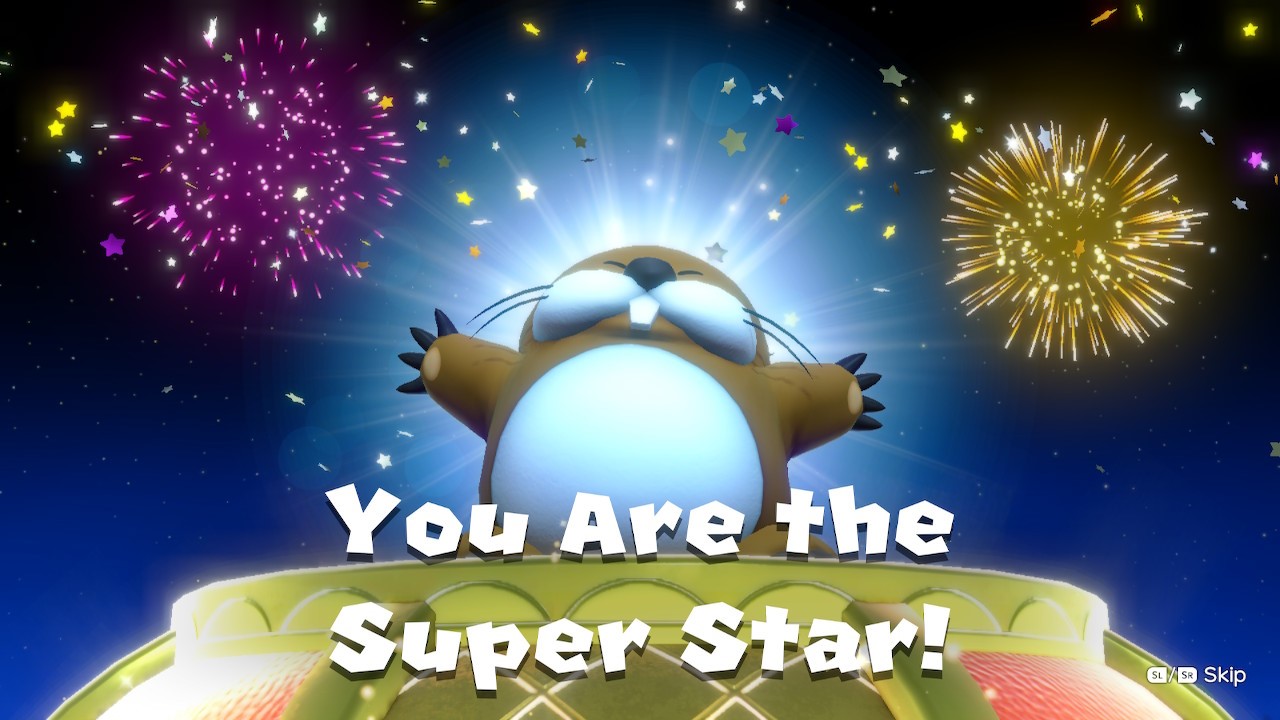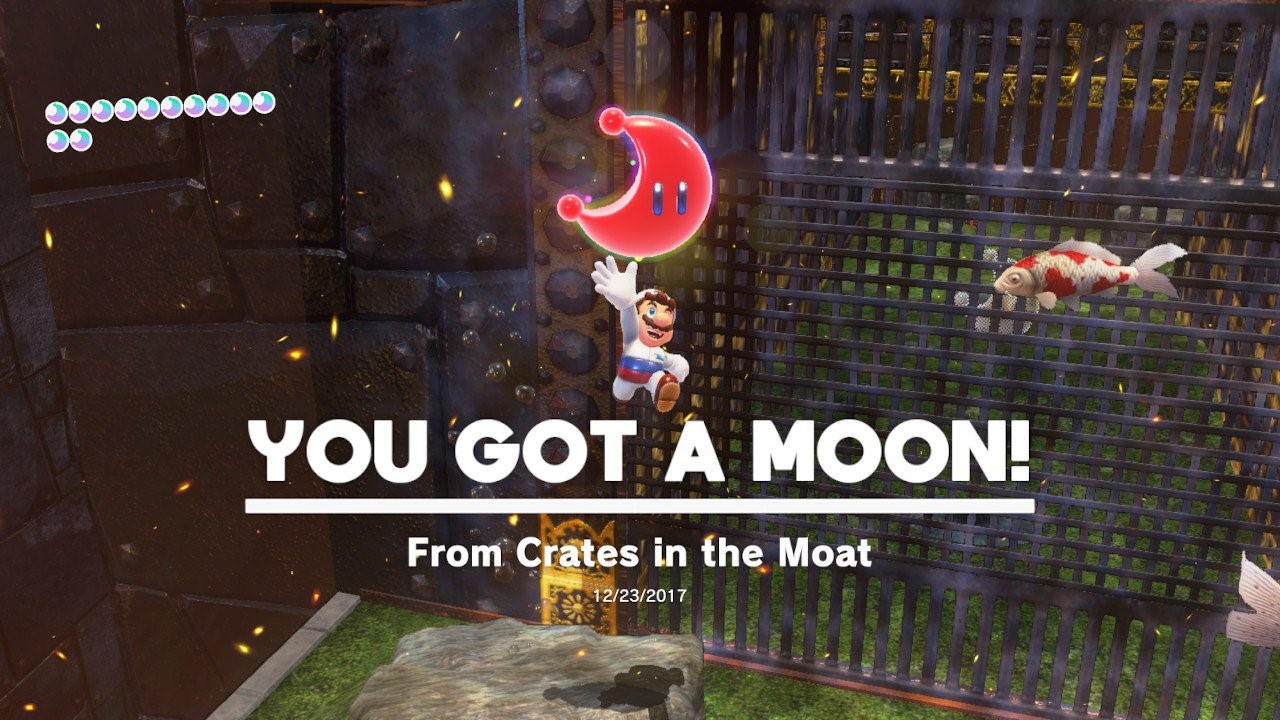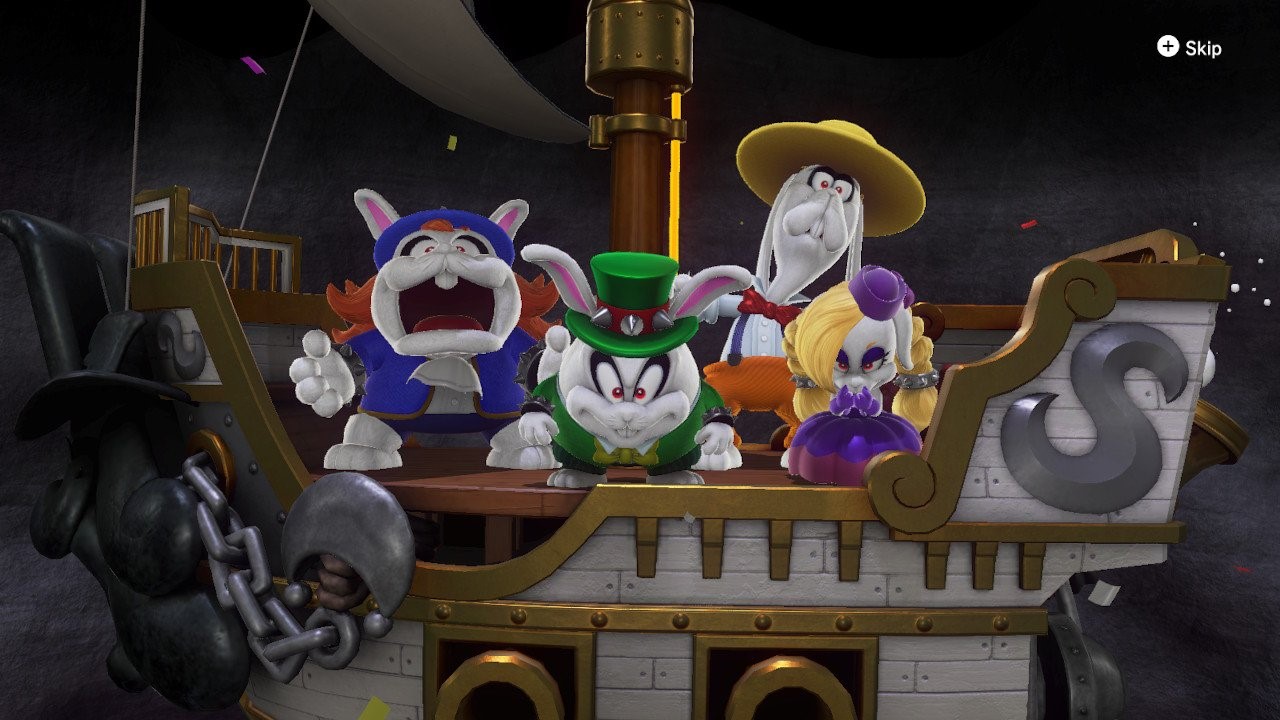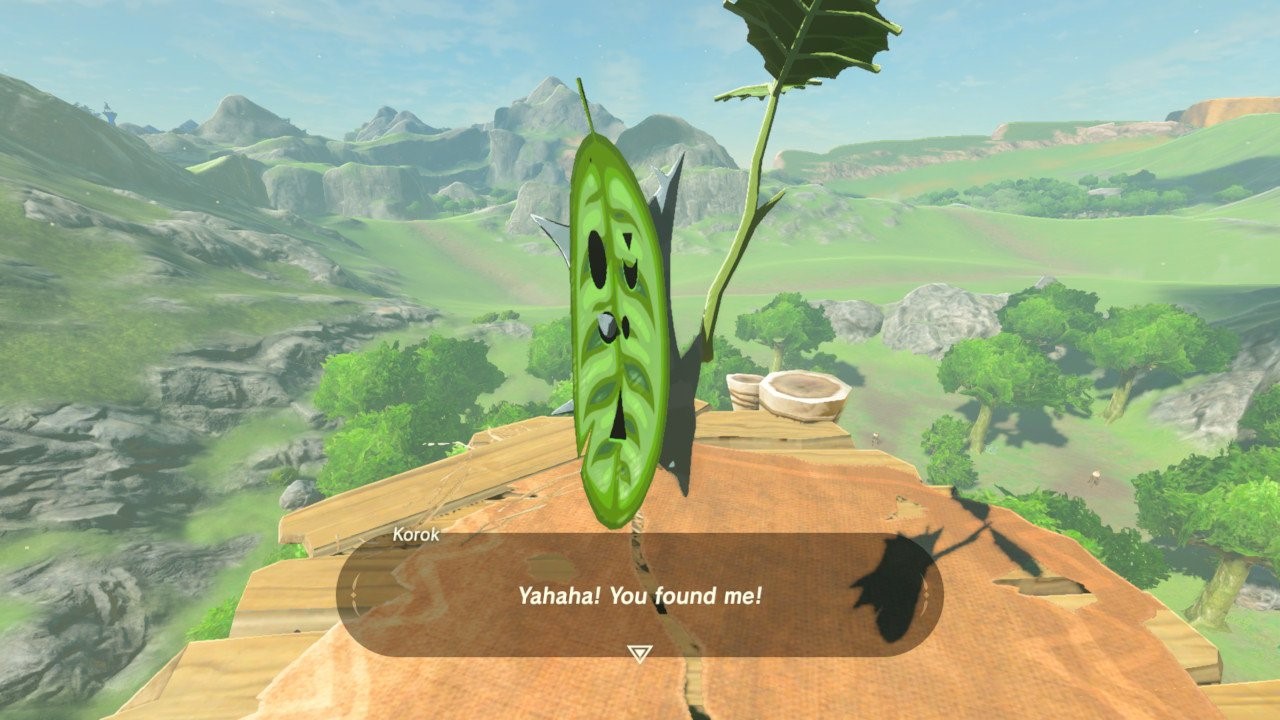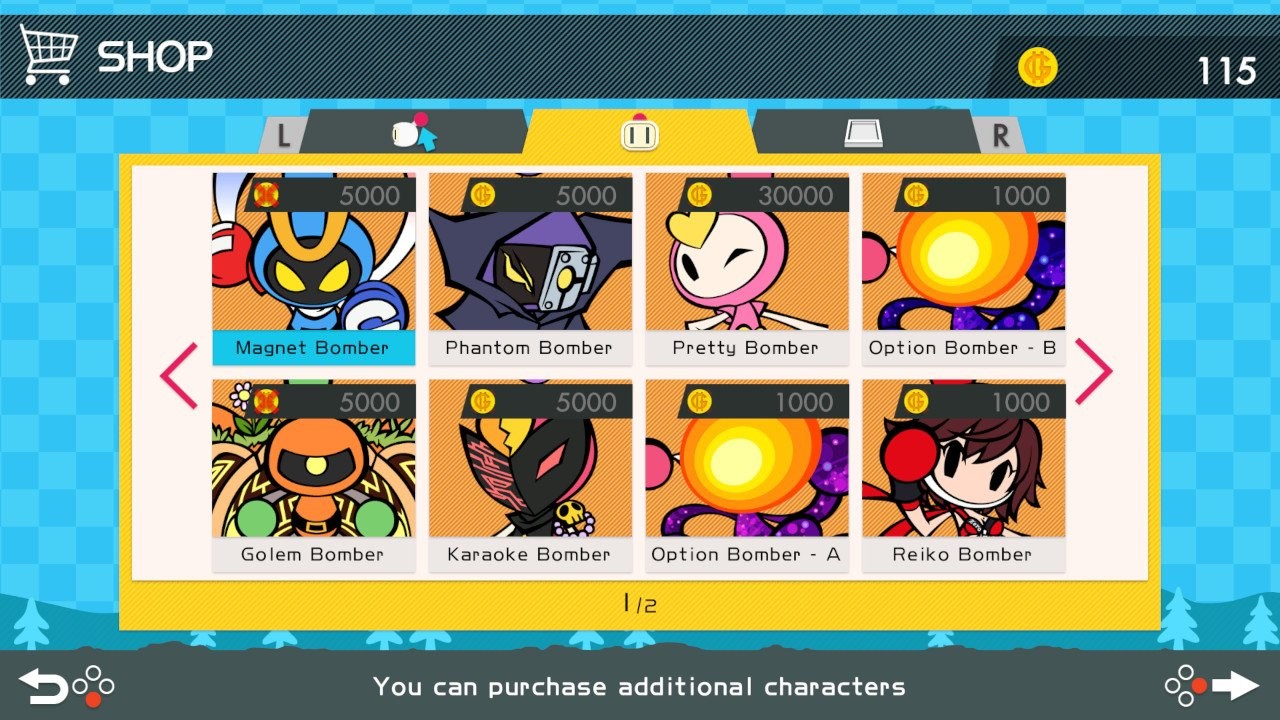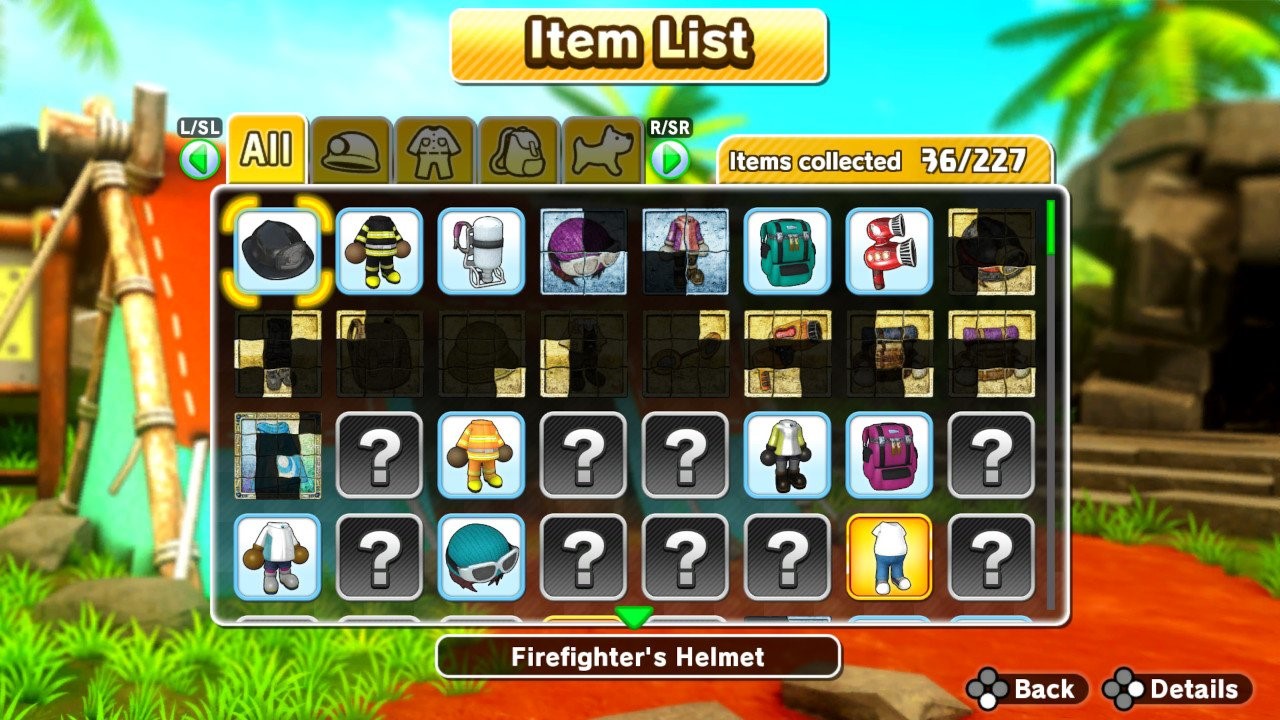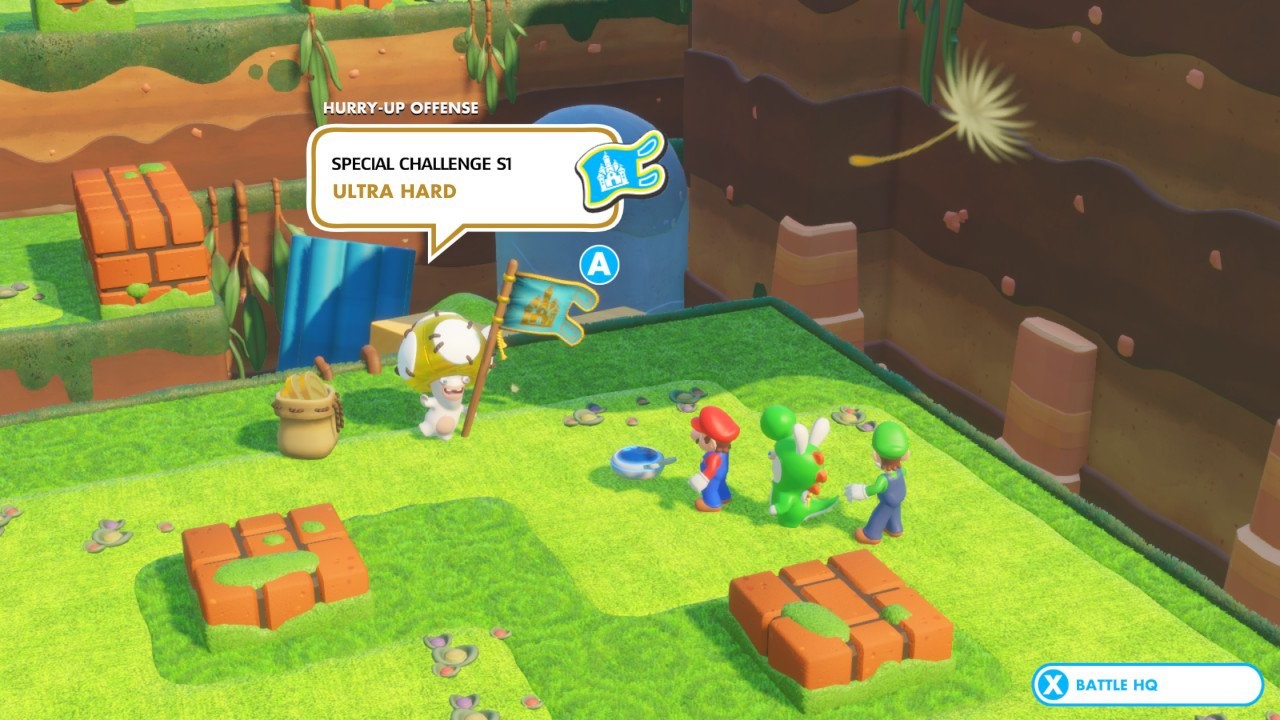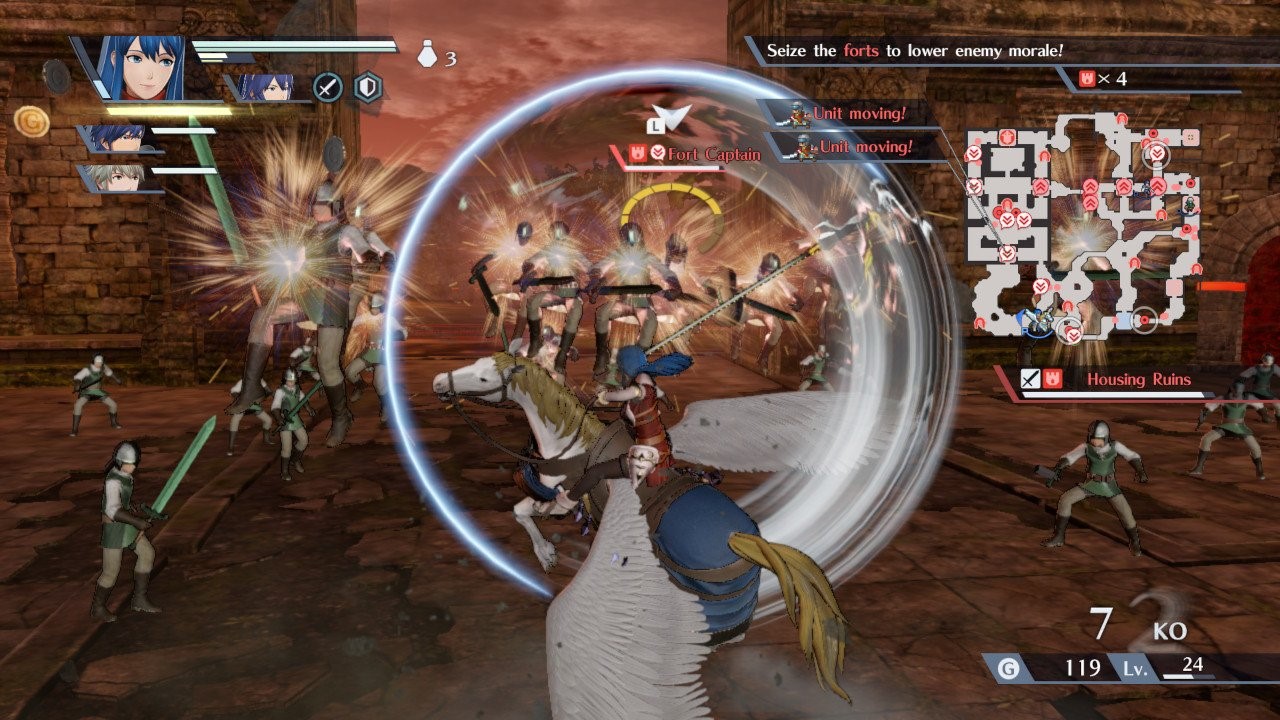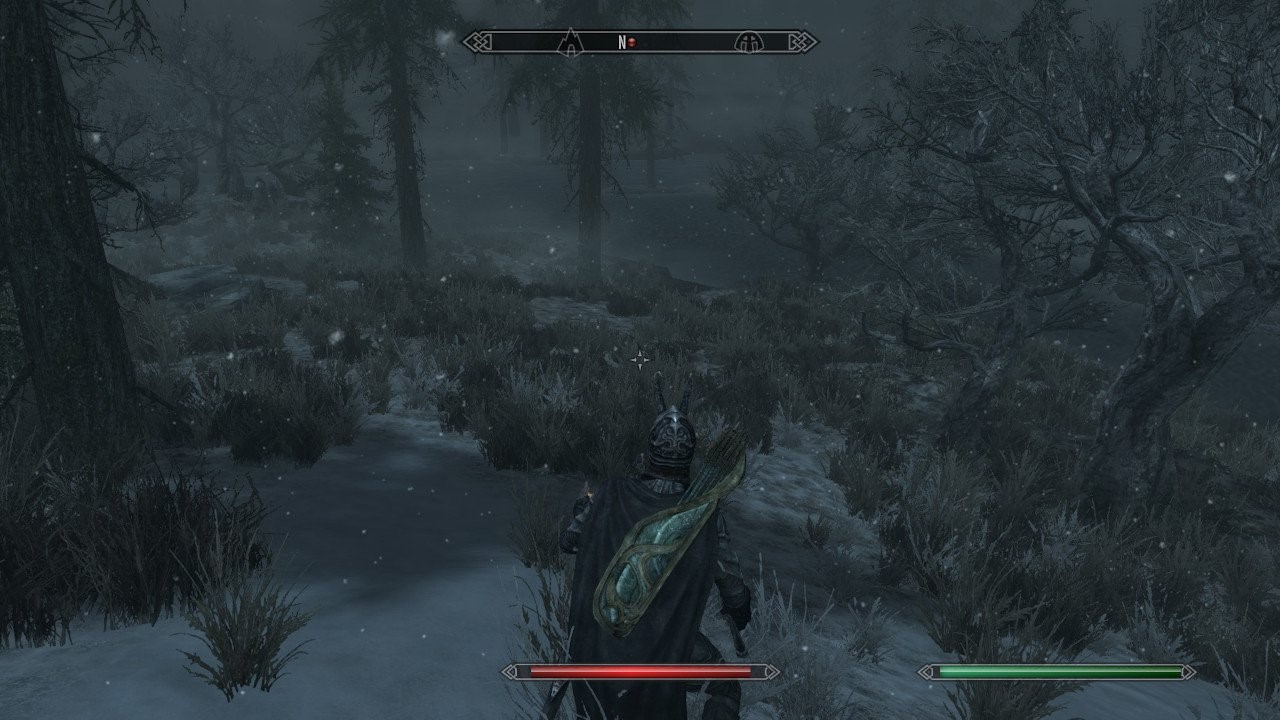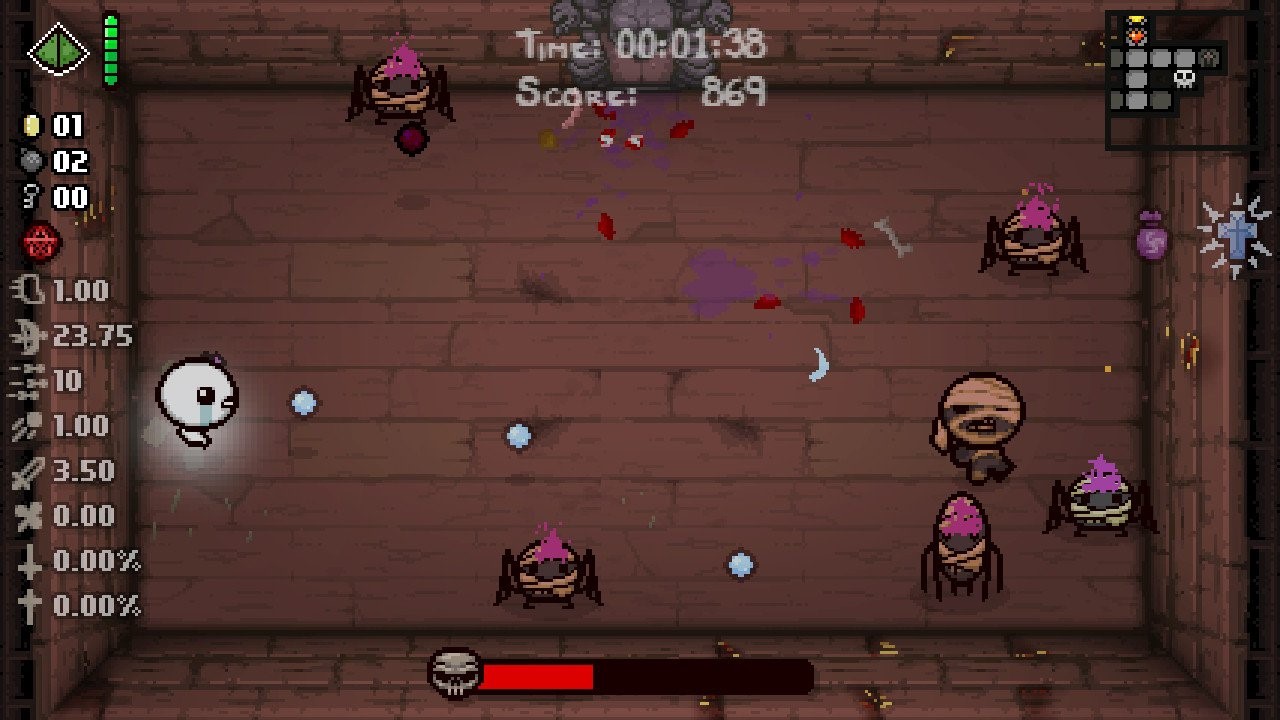A Guide for How to Be Better, Written by a Man Who Doesn’t Know Better
I put little faith in New Year’s resolutions. If you haven’t made the change already, it’s unlikely an arbitrary day will encourage you to make it now. To actually encourage a new habit, you need to create a schedule for yourself and include both intrinsic and extrinsic motivators. True change grows from preparation, and throwing back a bottle of tequila will prepare you for little more than your first hangover of the year.
That said, I don’t mean to discourage anyone from improving their lives. If anything, I encourage you to do so! When you get better, it indirectly improves my life. Along this line of thinking, I’ve been brainstorming a few resolutions of my own. They’re not intended for me, mind you, but for everyone else, and if you all stick to them, I imagine things will be better for all of us. We’re still on the tail end of the season of giving, so I present my gift to all of you, whether you’re Nintendo, a game developer, or a random reader.

Resolution 1: Nintendo will address the laundry list of changes we’ve already requested
Let’s begin with the dead horse we’ve been mutilating since March 2017:
- Nintendo still hasn’t made folders to sort our games.
- It hasn’t improved the home menu with much of anything, much less the themes people have been requesting.
- The Switch eShop dawdles on like an obese, infected opossum, vomiting out an endless stream of games whenever you want to search for a few.
- Most streaming services (like Netflix) are still not supported.
- Lag and lost connections are Nintendo Online’s prime features.
- The NES and SNES libraries no longer receive routine updates, and the Nintendo dragon still fiercely protects its N64 and Gamecube libraries.
- Amiibo have become little more than Funko Pop figurines.
Fans know that Nintendo does what it wants, when it wants. It’s an adorable, loving cat who periodically refuses to get near you, scratches you, or coughs up hairballs into your shoes. We love it, but holy hell, it could it at least be more predictable. I imagine two or three of these above issues will be addressed this coming year, and it would be a dream if Nintendo actually listened to our feedback and resolved all of these issues.

Resolution 2: All multiplayer games will have competent bots
This resolution is in honor of young Solomon, who played Star Fox Assault’s multiplayer by himself by hooking up a second controller and letting that character do nothing until he killed it. He played for hours this way in order to unlock more multiplayer content in the hopes that someone would eventually play with him. Poor naïve Solomon, no one ever would.
Obvious comment of the day: multiplayer games need multiple players to work. However, bots exist to ensure you still have the option to play by yourself. Great multiplayer games like Super Smash Bros., Mario Kart, and Bomberman are still fun by yourself because computer opponents can play just as well as humans. Online multiplayer has certainly helped the solo gamer, yet sometimes the online community doesn’t exist or is so toxic that local multiplayer is the preferred way to go. Because of this, competent bots should be a no-brainer for most multiplayer games. When indie games like Crawl, Treadnauts, and Rocket Fist can program solid AI, I see little reason why other developers (big or small) can’t do the same.
With bots, Headsnatchers could’ve been a bit more tolerable (probably not). The lack of bots prevents TowerFall from being my go-to multiplayer game. Killer Queen Black has bots, but they’re good only for grasping the basics, not for training or filling in for humans. DOOM’s online community is nearly dead, but I’d still be playing it if I could include bots in my friends’ matches for any mode other than Team Deatchmatch. Even Splatoon 2 could be improved by allowing bots to replace disconnected players.

Resolution 3: Games will no longer have unnecessary collectible doodads
I’ve already written a blogitorial on this, so let’s cover this quickly. Collectibles are well-designed when they encourage the player to take on a new challenge (Celeste, Rayman Legends) or reward the player immediately upon finding them (Guacamelee! 2). Poorly designed collectibles are those randomly thrown on the map or locked behind an obstacle you cannot cross until you to replay the level later. These collectibles only add playtime because you’re retreading over old ground or combing every crack for shiny bobbins.
The collectible conundrum has existed for decades, yet it’s been more noticeable to me the more I play games without them. Hellblade: Senua’s Sacrifice was a beautifully linear game, focused on its story. Monaco may force you to collect gold yet restrains itself from hiding anything else. What Remains of Edith Finch hides cool stories and memories for those who explore, not hidden teeth needed for Grandma’s dentures. Compare these games to Pikuniku, Unravel 2, Hotline Miami Collection, Luigi’s Mansion 3 and Astral Chain. Those games purposely remove you from the main gameplay to grab something unrelated to your progress, offering a less enjoyable experience even if you may be rewarded later for collecting all of the developer’s trash.

Resolution 4: Developers will playtest their games before releasing them
One of the most memorable articles I read this year came from Johnnemann Nordhagen, the developer of Where the Water Tastes Like Wine. In it, he described the reasons his game became a failure, commercially and critically. Because he needed to rush the product to launch on time, the game was not playtested thoroughly, and critics and gamers ravaged it for what they saw as easily fixable issues. My own experiences as a writer have taught me how readers will notice problems I had never anticipated, but I have also learned I would’ve caught some issues if I had read my work more closely. The same goes for video games.
Some games could benefit from a little editing, like Moonlighter with its occasional typos and glitches. For other games, it seems they needed a second opinion from someone outside the dev team to see the problem. Killer Queen Black’s UI is terrible but likely seemed adequate to the developers who messed with it constantly. In other instances, either the developer was lazy or did absolutely zero playtesting because nothing else can explain why the game’s issues are so glaring. Bury me, my Love features broken touch controls; Headsnatchers is just broken overall; and Super Kirby Clash punishes its players for Nintendo’s own internet issues. Maybe all of these developers actually playtested their games rigorously, and if that is the case, this resolution will be for developers to actually listen to their playtesters.

Resolution 5: We will not be tempted by ridiculous sales for crappy games
Leading up to the holidays, QubicGames ran a promotion, offering ten free games to anybody who had previously purchased one of their games. It was a resounding success despite many of the titles being mediocre to bad. We like cheap things, and unfortunately, we fall prey to sales that cut 99% off the original price, even if the games are garbage When you have classics like Skeeball, Mecho Tales, and Quest for the Golden Duck going for less than a dime, why would you ever want to buy a full-priced AAA game?
We cannot complain about the influx of garbage on the eShop if we’re sucking the sludge from every 25₵ or $1 game, especially when we are letting them hit the bestsellers list. I don’t fault developers for trying to make their games more visible to consumers, but we can exercise a little more restraint. Your wallet is your voice, so support the developers actively trying to make good games. Don’t buy from the publishers/developers who are simply producing bad clones of established IPs. Otherwise, they’ll be tempted to release more.

Resolution 6: We will strive to stop shoving sticks up our butts
At the risk of being called a boomer, I will declare that we, as gamers, are entitled, whiney, and arrogant idiots. Now that I’ve vented that steam, let’s look at our offenses (and I’m at fault for some of these as well):
- We demand that games include what we want, regardless of how much manpower or money it would take to meet our demands. Pokémon Sword and Shield don’t allow you to catch every Pokémon. It was bound to happen eventually, just like the next Smash will likely not feature every fighter from Ultimate. And no, you can’t delay a game to add more Pokémon when money needs to be made.
- We are frustrated when certain games are exclusive to consoles or services. Epic is trying to compete with Steam, so of course it’s going to lock in exclusives. Astral Chain is a Nintendo exclusive because Nintendo wants people to buy a Nintendo Switch, not buy games for other consoles. You can bemoan capitalism all you want, but capitalism is partly why we have so many games in the first place.
- We complain about the prices of games as if a price tag is a personal insult. Nintendo rarely offers huge sales, and it makes sense, considering people are still willing to pay full price for the evergreen titles. The Switch tax sucks, so wait until a sale happens. Some indie games may cost you over ten dollars for a three-hour game, but the developers need to make money. Unless you’re unfathomably rich, you can’t buy every game on the Switch, so make your purchases matter.
- We get flustered when a game is delayed. I would say the large majority of gamers ultimately understand why a game is delayed, but there is a vocal subset who loves to criticize a developer/publisher for their decision. These gamers rarely understand what making a game entails, but they are more than glad to pretend they do.
- We are meanspirited in our comments and interactions online. I understand that anonymity brings out the jerk in us, but it is pretty amazing to track the derogatory comments, the political debacles, and general cruelty that is allowed on message boards or chatrooms. I may be getting old, but that just ain’t how you talk to folks, you hear?
Now, let’s make this clear: you are more than justified to have an opinion, set an expectation, make a complaint, or give feedback. On this website, I do all of these, and most of the time, I believe I am right to say what I do. However, when we start believing that we are absolutely right and someone else deserves to pay for what we perceive is wrong, then we need to get off our high horse. The Golden Rule applies here: if you wouldn’t want others to fling crap at you, stop pulling arguments and complaints from your ass.

Resolution 7: Nintendo will tell us which IPs are dead to them
As with many of my blogitorials, I include a pipe dream: I wish Nintendo would give us an honest answer about which IPs will appear again and which won’t. Ideally, Nintendo could tell us which franchises will have an entry on the Switch. They could also let us know which series will never see the light of day again. It could be something like this:
- You looking forward to another F-Zero? It’s not coming soon, but it will before the Switch dies.
- You want Pikmin 4? Sorry, Miyamoto only gardens every five years, so you won’t get Pikmin until the Switch 2.
- Another Wave Race? Unfortunately, Mario Kart has forever killed that IP.
- What? Cubivore? Seriously? We didn’t even want to publish the game in the US.
- Mother 4?
Nintendo will never do this because they live off of our anticipation. You tell people there won’t be another Golden Sun, and a fanbase becomes less interested in your console. Once other companies hear you won’t make another WarioWare, suddenly a crappy indie game is calling itself a “spiritual successor” to the franchise. You say Odama 2 will never be a thing, and at least five people will be somewhat sad for a day.
Nintendo won’t release this information, but just imagine how happy I would be if they did.

Get to work
As we start this new decade, we can be optimistic, knowing that 2019 was an incredible year for Nintendo fans. With the Switch still churning out money, we will hopefully continue to see interesting new IPs from Nintendo, much anticipated sequels, and plenty of support from third-party companies and indie developers. Then the next Xbox and PlayStation will be fully revealed and released, and we’ll be sent back to the stone age. However, until then, Nintendo gamers can enjoy the current wealth of content and make 2020 another great year for video games, even if the rest of the world is keen on destroying itself.

